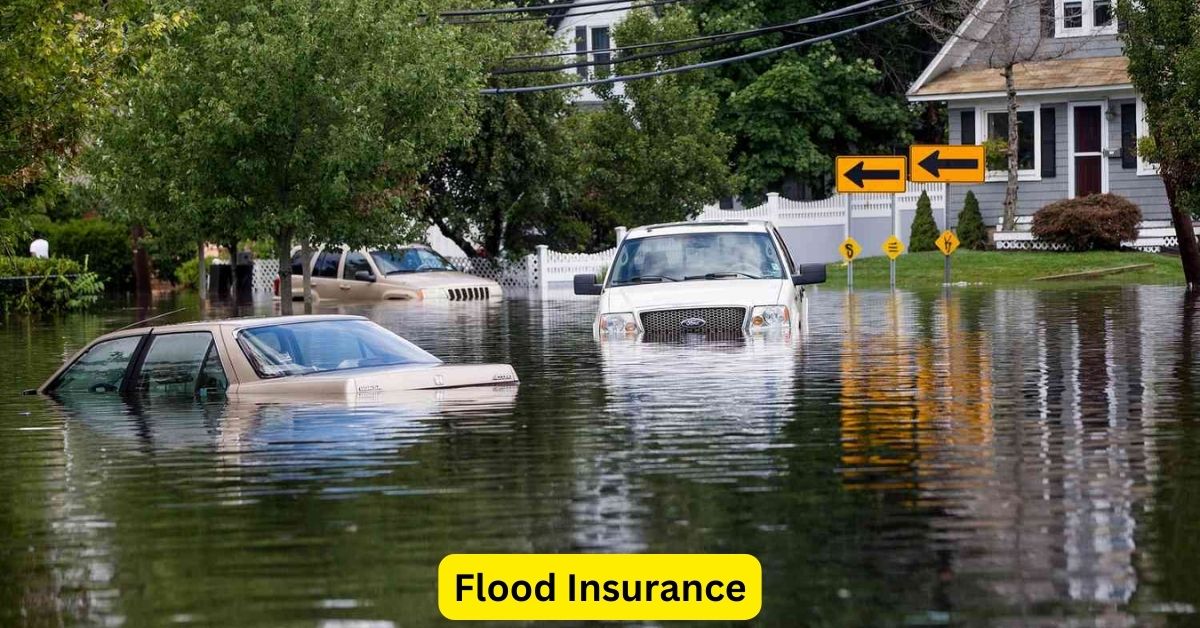Flooding is one of the most common and costly natural disasters worldwide, causing significant damage to homes, businesses, and infrastructure. As climate change intensifies the frequency and severity of floods, understanding your flood insurance options is crucial for safeguarding your property and finances. This article explores the essentials of flood insurance and the available options to protect against flood-related losses.
Why Flood Insurance Is Important
Unlike standard homeowners or renters insurance policies, which typically do not cover flood damage, flood insurance is specifically designed to protect properties from water damage caused by natural flooding events. Floods can occur anywhere, not just in high-risk areas. In fact, about 25% of all flood insurance claims come from areas considered low to moderate risk. Without proper coverage, property owners are left vulnerable to devastating financial losses.
Flood insurance provides peace of mind by covering the costs associated with repairing or replacing damaged structures and belongings. It helps homeowners and businesses recover more quickly from flood events, reducing the financial strain of rebuilding and returning to normalcy.
Types of Flood Insurance
When considering flood insurance, property owners have two main options: policies provided by the National Flood Insurance Program (NFIP) and private flood insurance.
1. National Flood Insurance Program (NFIP):
Administered by the Federal Emergency Management Agency (FEMA), the NFIP is the primary source of flood insurance in the United States. It offers two types of coverage:
- Building Coverage: This policy covers structural damage to homes and businesses, including foundation, electrical, and plumbing systems. It also includes essential appliances and fixtures.
- Contents Coverage: This policy covers personal belongings, such as furniture, electronics, and clothing. It is important to note that NFIP policies are limited in scope, with maximum coverage limits of $250,000 for residential buildings and $100,000 for personal contents.
NFIP policies are available through licensed insurance agents, and premiums are determined based on the property’s location, elevation, and flood risk. While NFIP policies provide essential coverage, they may not cover all losses, particularly for high-value properties or unique risks.
2. Private Flood Insurance:
Private flood insurance is offered by independent insurers and often provides more flexible and comprehensive coverage options than NFIP policies. These policies can include higher coverage limits, additional protection for basement contents, and coverage for temporary living expenses during repairs.
Private insurers assess flood risk differently, allowing for customized premiums and coverage tailored to individual needs. Property owners with high-value assets or properties in high-risk areas may find private flood insurance more suitable for their protection requirements.
Choosing the Right Flood Insurance Policy
When selecting a flood insurance policy, it is essential to evaluate the specific needs of your property and financial situation. Consider factors such as:
- Risk Assessment: Understand your property’s flood risk by consulting FEMA’s flood maps or seeking professional assessments.
- Coverage Needs: Determine the appropriate coverage amount for your property and belongings, considering both NFIP and private options.
- Policy Details: Review policy terms, exclusions, deductibles, and premium costs to ensure they align with your needs and budget.
Conclusion
In conclusion, flood insurance is a vital tool for protecting against the financial devastation caused by flooding events. By understanding your options and selecting the right coverage, you can safeguard your property and assets, ensuring peace of mind in the face of an unpredictable future. As climate change continues to impact weather patterns, being proactive about flood insurance is a prudent step towards resilience and recovery.

